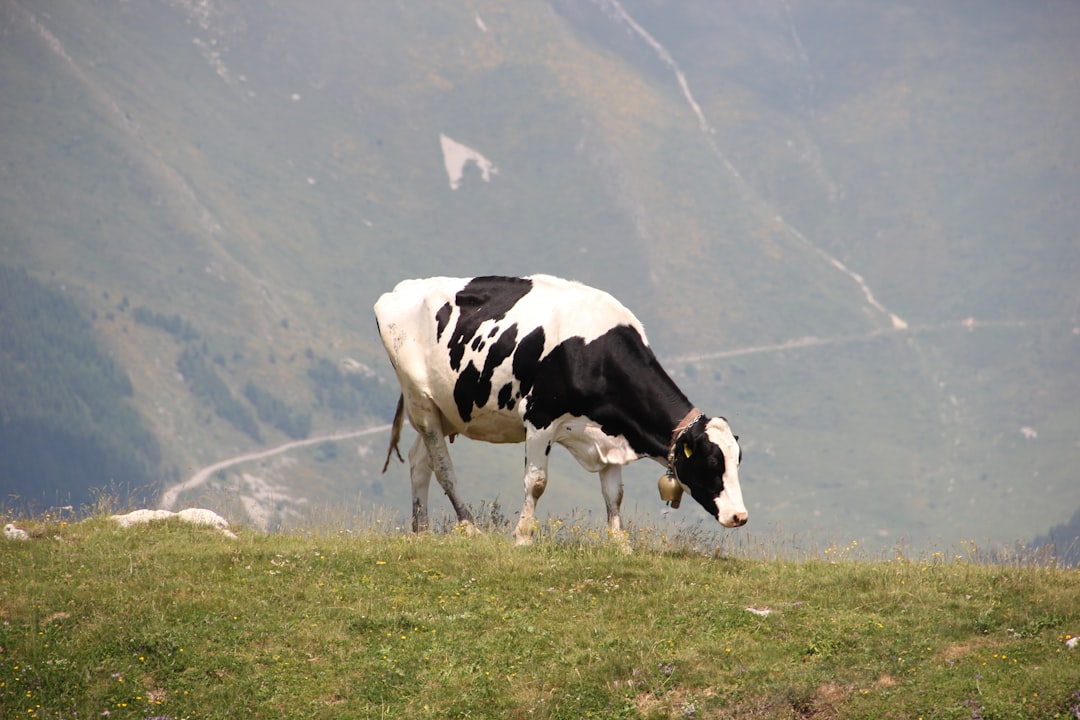Climate change is profoundly affecting dairy production worldwide, with heat stress, drought, and feed availability being key challenges. Rising temperatures, altered precipitation patterns, and increased frequency of extreme weather events are impacting dairy farming in multiple ways, from reduced milk yields to increased operational costs. Here’s a comprehensive overview of these challenges and strategies for adaptation.
Heat Stress in Dairy Cattle
Heat stress is a significant issue for dairy cattle, particularly in tropical and subtropical regions:
-
Physiological Effects
-
Heat stress leads to increased body temperature, respiration rate, and heart rate, reducing feed intake and milk production.
-
It can also increase the risk of disease and reproductive issues in dairy cows.
-
-
Economic Impacts
-
Reduced milk yield and quality directly affect farm income, with studies indicating potential losses of up to 21% in milk production due to heat stress.
-
Increased veterinary costs and mortality rates further exacerbate economic challenges.
-
Drought and Feed Availability
Droughts significantly impact dairy farming by affecting feed and water resources:
-
Feed Scarcity
-
Droughts reduce pasture growth and increase the cost of feed, forcing farmers to rely on more expensive alternatives.
-
This can lead to a decline in milk yield, with some studies suggesting a reduction of up to 20%.
-
-
Water Management
-
Droughts deplete water stores, affecting both animal hydration and crop irrigation.
-
Efficient water management strategies are essential for maintaining dairy operations during droughts.
-
Climate Change Impacts on Dairy Production
Climate change exacerbates these challenges through increased temperature variability and extreme weather events:
-
Temperature Increases
-
Rising temperatures extend the duration of heat stress conditions, impacting dairy cattle health and productivity.
-
Warmer winters may reduce cold stress but can also alter pasture growth patterns, affecting feed availability.
-
-
Precipitation Changes
-
Increased rainfall intensity can lead to soil erosion and nutrient loss, while droughts reduce pasture quality and quantity.
-
These changes necessitate adaptive strategies in dairy farming, such as diversifying feed sources and improving water conservation.
-
Adaptation Strategies
Dairy farmers are adopting various strategies to mitigate the impacts of climate change:
-
Cooling Systems
-
Implementing cooling systems like fans and sprinklers can reduce heat stress in dairy cattle.
-
Shading structures and improved ventilation in barns also help maintain a cooler environment.
-
-
Drought Management
-
Diversifying feed sources and using drought-resistant crops can help maintain feed availability during dry periods.
-
Water-saving technologies and efficient irrigation systems are crucial for conserving water resources.
-
-
Climate-Resilient Practices
-
Integrating climate-resilient practices like cover cropping and rotational grazing can enhance soil health and reduce erosion.
-
Regular monitoring of weather forecasts and climate projections helps farmers prepare for extreme events.
-
Conclusion
Climate change poses significant challenges to dairy production, from heat stress and drought to feed availability issues. By adopting adaptive strategies and leveraging technological innovations, dairy farmers can mitigate these impacts and maintain sustainable operations. As the climate continues to evolve, proactive management and resilience will be essential for the long-term viability of the dairy industry.
Additional Resources
For more detailed information on the impact of climate change on dairy production and adaptation strategies, consider the following resources:
-
Climate Change Reports: Review reports from organizations like the USDA and EPA for insights into climate impacts on agriculture.
-
Dairy Farming Guides: Explore guides on adapting dairy farming practices to climate change, focusing on heat stress management and drought resilience.
-
Agricultural Research Articles: Consult articles highlighting the effects of climate change on dairy cattle health and productivity.
Citations:
- http://www.climatehubs.usda.gov/hubs/northeast/topic/weather-and-climate-considerations-dairy
- https://www.frontiersin.org/journals/veterinary-science/articles/10.3389/fvets.2023.1121499/full
- https://www.dairy.com.au/dairy-matters/you-ask-we-answer/how-does-drought-affect-farmers
- https://www.epa.gov/climateimpacts/climate-change-connections-wisconsin-dairy-production
- https://extension.umn.edu/dairy-milking-cows/heat-stress-dairy-cattle
- https://pasture.io/dairy-farm-management/thriving-in-drought-with-ai-agritech
- https://www.dairyaustralia.com.au/climate-and-environment/climate-risk-and-adaptation/dairy-farm-climate-impacts
- https://www.sciencedirect.com/science/article/pii/S0022030223012122
- https://pmc.ncbi.nlm.nih.gov/articles/PMC6843986/

Comments
No comments yet. Be the first to comment!
You must be logged in to comment. Login